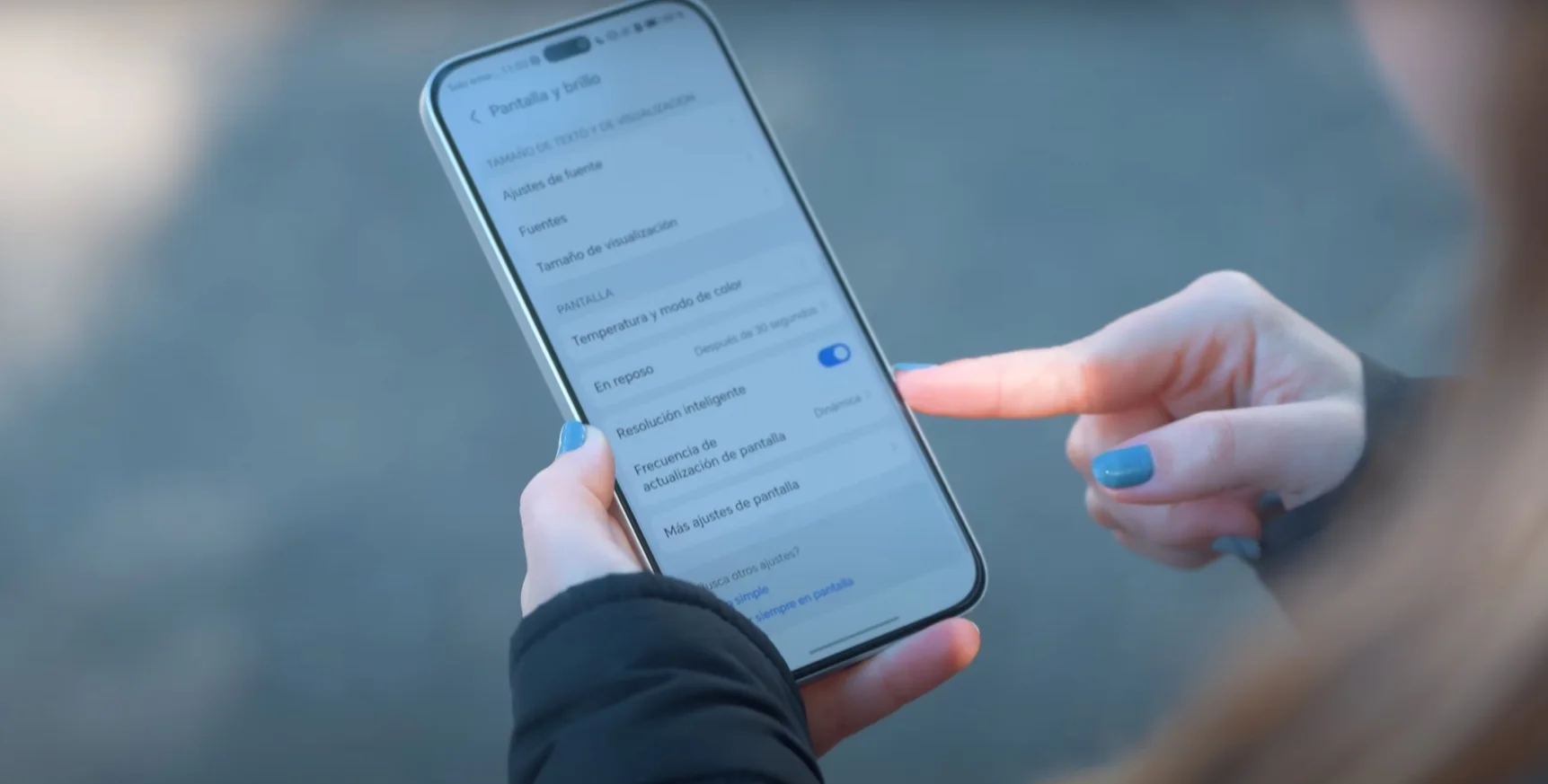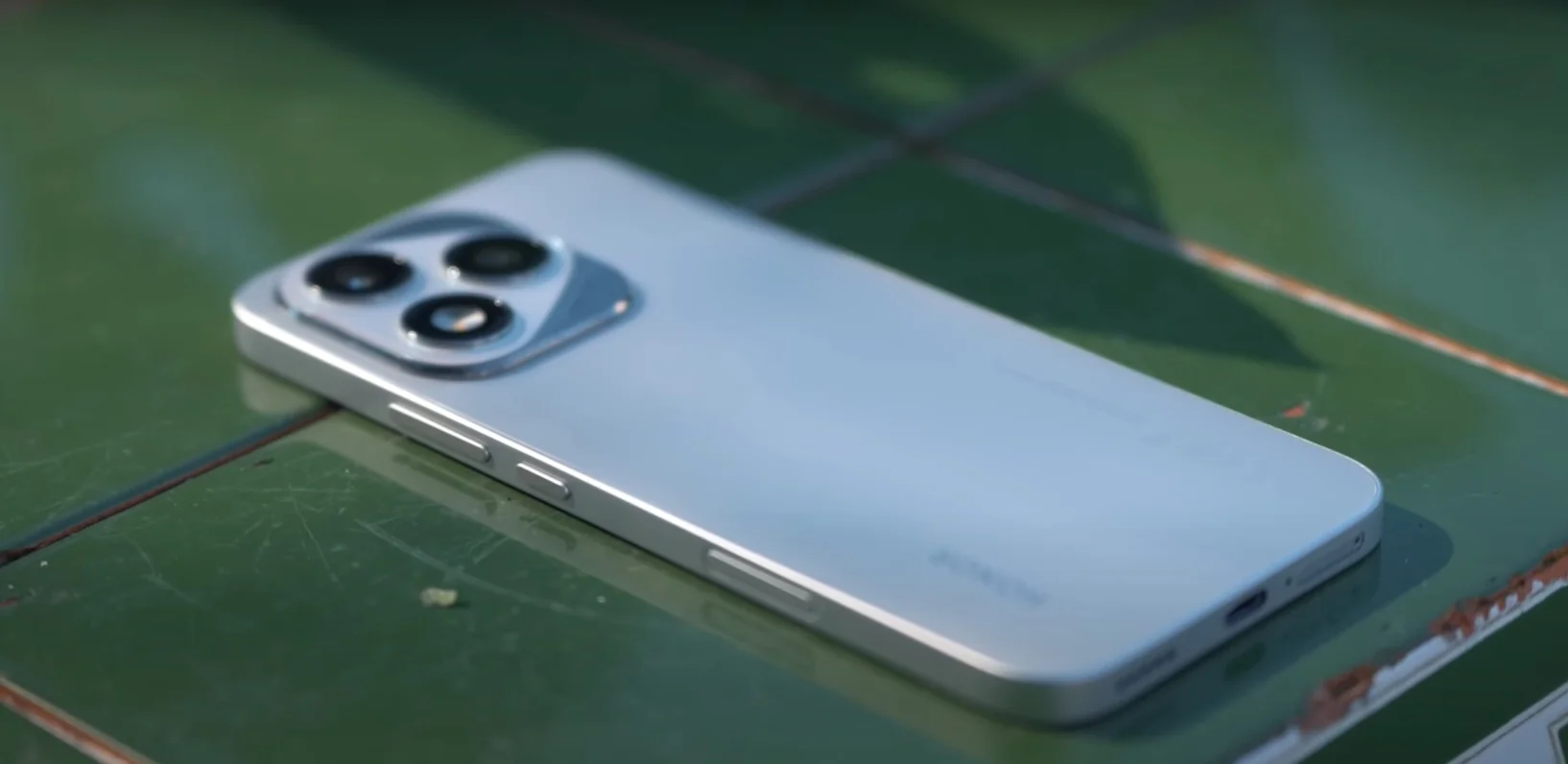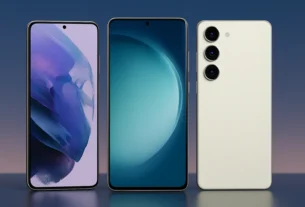Following a rigorous two-week evaluation, it is evident that the Honor 400 Lite exhibits notable strengths, particularly in its balanced performance. This observation underscores the noteworthy advancements witnessed in the lower-midrange category during 2025.
The Honor 400 Lite is a noteworthy entrant into the sub-$300 smartphone market, showcasing an innovative design that evokes Apple’s aesthetic, complemented by a camera that bears a striking resemblance to the Huawei Pura 70 at first glance.
However, it remains to be seen whether this will suffice in order to compete with other well-established models such as the Redmi Note 14 or the Samsung Galaxy A26. Following a fortnight of utilisation as the primary device, it has become evident that contemporary smartphones, which are now available for less than $300, and which give rise to deliberations concerning their categorisation as mid-range or low-end, have undergone a notable transformation (a development that is undoubtedly beneficial to users).
It is evident that in a market where the mid-low range has become a battleground, Honor is committed to differentiating itself through a premium design and flagship technology at a low-cost price.
The question of whether the Honor 400 Lite is a worthwhile purchase is a valid one. Should an individual be seeking a telephone with a superior design, a high-quality display, and an extended battery life, yet with a price point of less than $300, this device would be a suitable contender. However, if performance for gaming or professional photography is the primary concern, alternatives such as the Poco X7 Pro may be considered.
It is evident that the device’s 6.7-inch screen, which operates at a refresh rate of 120 Hz and boasts a peak brightness of 3,500 nits, is among the most advanced in its category. Furthermore, the incorporation of a dedicated camera button – analogous to that found on the iPhone – in conjunction with IP65 certification, positions the device as a highly discreet and effective communication tool.
The design of the product has been modelled on the iPhone, and is available for purchase at a price point of less than $300.

The Honor 400 Lite is evidently influenced by the iPhone 16 Pro Max, with its flat frame, elongated punch-hole selfie camera, and rear camera module. The latter is particularly reminiscent of Apple’s design. However, as previously noted, the triangular shape bears a strong resemblance to the aesthetic of Huawei’s Pura 70.
However, upon handling the device, the plastic used on the back, despite its matte finish, suggests a relatively low price point. Notwithstanding, the device’s IP65 rating offers a compelling argument for its purchase, as it ensures complete protection against dust and water splashes, in addition to the unintentional drops that are so commonly experienced.
The AI camera button, which bears a resemblance to those found on Cupertino devices, is increasingly being adopted by a growing number of brands. It is undoubtedly highly useful for expeditious camera activation; however, it is my view that it can, at times, lead to some confusion with the lock button.
The device is equipped with a 6.7-inch AMOLED screen, boasting a resolution of 2412 x 1080 pixels, a refresh rate of 120 Hz, and a maximum brightness of 3,500 nits. A notable aspect of this device is its remarkably low weight of 171 grams and its thin profile of 7.3 millimetres, which renders it astonishingly light when held.
In summary, the design may initially appear somewhat misleading due to its seemingly high-end appearance. However, it has been found to demonstrate notable strengths in terms of durability and ergonomics. Furthermore, the incorporation of aquamarine blue colouration serves to enhance the aesthetic appeal of the device, particularly in conjunction with the camera module. This combination gives the impression of a device belonging to a different price range.
Performance: MediaTek Dimensity 7025 Ultra, hero or villain?

The device is equipped with the MediaTek Dimensity 7025 Ultra processor, a feature that serves to highlight its position within the mid-to-low-end spectrum of smartphone technology. The chip in question has been designed with a focus on its practicality for everyday use; consequently, it is not well-suited to tasks that demand a high level of processing power.
It is important to note that the device is not outdated, and that it is possible to use it extensively for extended periods of time without encountering any problems. For example, it was possible to have approximately 15 Chrome tabs open while also using Spotify. The integration of a Zoom video call introduces a heightened level of complexity, which may result in noticeable latency.
The gaming sector is particularly vulnerable in this regard. It is noteworthy that the device exhibits satisfactory performance at a frame rate of 60 frames per second when operating with medium graphics settings. However, it should be noted that beyond this threshold, the device’s capabilities may be limited.
The device is available with either 8GB or 12GB of RAM, and 256GB of internal storage, which is a satisfactory capacity, albeit with no provision for expansion. The device operates using MagicOS 9.0, a variant of Android 15.
Whilst it is accurate to state that the software includes superfluous applications such as Honor Health, My Honor, and Honor Documents, it is imperative to acknowledge the efficacy of the Eye Comfort mode — Circadian Night Display — a feature that is particularly beneficial for individuals who engage in work that requires the use of mobile phones.
In terms of battery life, this product demonstrates particular excellence. It is estimated that the device will have a battery life in excess of 30 hours, given its 5,230 mAh capacity and relatively low power consumption, as indicated by its processor. It has been demonstrated that, under typical usage conditions, the battery’s lifespan can be extended up to a maximum of two days.
Furthermore, the device’s charging capacity of 35W ensures that charging is not a problematic aspect of the device. While it is true that the Redmi Note 14 5G’s 45W capacity is superior, the Redmi Note 14’s 33W capacity is still sufficient to reach 50% from 0% within 30 to 40 minutes.
Cameras: 108 megapixels that impress during the day but fail at night

The Honor 400 Lite is a noteworthy contender in the smartphone market, boasting a 108-megapixel main camera that utilises the Samsung HM6 sensor. In optimal lighting conditions, the device’s portrait mode captures images of notable quality.
The AI camera button is also a practical feature, offering a one-tap opening of the app, a two-tap function for capturing images, and a zoom control that can be adjusted by swiping the finger over the screen. Additionally, the button can be customised to some extent, allowing for personalisation to suit individual preferences. With regard to the camera module in its entirety, there has been minimal alteration from the previous iteration, the 200 Lite:
The device is equipped with a 108-megapixel main sensor, accompanied by an aperture value of f/1.75.
The device is equipped with a 5-megapixel ultra-wide angle lens, accompanied by an aperture value of f/2.2.
The device is equipped with a 16-megapixel camera intended for self-portraiture, accompanied by an aperture value of f/2.45 and an LED.
If we were to consider the camera’s performance in terms of analysis, it would appear that there is room for improvement in low-light conditions. I think night mode works well, but I sometimes find that it doesn’t quite capture certain details or that slightly more complex quality that is present at this time of day or in poorly lit areas.
The 5-megapixel secondary camera is dedicated to depth, and although it seems like a simple extra, it does its job to improve portraits with a fairly natural and high-quality background blur.
With regard to the camera analysis, it appears to have some limitations in low-light conditions. I think night mode works well, but I sometimes find that it doesn’t capture certain details or the more complex quality that can be seen at this time of day or in poorly lit areas.
The 5-megapixel secondary camera is dedicated to depth, and although it seems like a simple extra, it does its job of enhancing portraits with fairly natural, high-quality background blur.
In terms of the front camera, the 16-megapixel sensor appears to perform adequately for selfies and video calls. If you are interested in taking a photo at night, the front LED light is a useful addition, although it is not a magic solution.
Finally, with regard to video, the Honor 400 Lite is capable of recording in Full HD at 30 frames per second. While it does not feature optical stabilisation, the quality is satisfactory for casual videos. That said, if you move around a lot or record with too much movement, you may find that the video shakes a bit.




